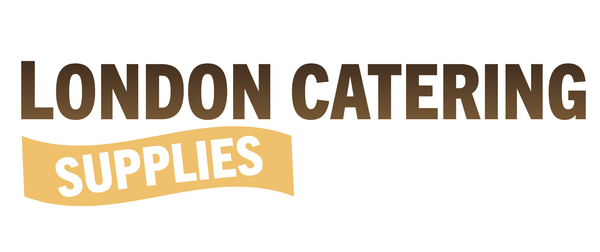
Food packaging has evolved in leaps and bounds over the last 20,000 years. Read on to learn how the industry that began with natural materials has progressed significantly to develop cutting edge, environmentally-friendly food packaging products used today.
Overview
If there is one industrial sector that has witnessed a major transformation over the years it’s the packaging of food supplies. In the bygone era, packaging was used primarily to hold edible items securely for a short period without leaking, but today it does a lot more. Modern packaging is a rapidly growing domain that plays a pivotal role in maintaining food quality and keeping the produce fresh for prolonged shelf life. Not to mention, it can have a huge impact on brand existence and consumers' purchasing behaviour. It is for this reason that food packaging suppliers in the UK strive hard to develop high-tech products that comply with safety regulations, are easy to handle and in line with the changing lifestyles. Let’s cast an eye on how the traditional food and beverage packaging trends have evolved over time to meet consumer requirements
Pre-historic Food Packaging Techniques:
Food packaging goes back to prehistoric times. It started with the use of natural materials such as leaves, twigs, shells, animal skins, gourds, hollowed logs, etc. to hold edibles. But, as man’s lifestyle evolved so did the packaging techniques. With the development of cities and trade concepts, the need for storage arose. This, in turn, led to the creation of wooden crates, boxes, pottery, clay pots, stem baskets and barrels for transportation and stashing away of surplus liquids and dry goods.
Evolution of Food Packaging:
The industrial revolution triggered a significant change. The customary hand-made techniques for packaging were replaced by machine-made metal cans and cardboard boxes. The discovery of blown glass and the flexible, single-use materials such as aluminum foil also played a key role in the innovation of packaging. But it was the advent of plastic and polyethylene in the 1900s that was the turning point. Thanks to its lightness and versatility, plastic quickly flooded the market and became the primary packaging material for both solids and liquids. However, decomposition and recycling was a major issue with plastic.
Current Trends in Food & Beverage Packaging:
Keeping up with the growing environmental concerns, food safety norms and consumer demand was perhaps the greatest challenge faced by the food and drink suppliers of London and elsewhere. They began exploring viable options that curtail product waste, are recyclable and can be effectively disposed of after use. In the current scenario, some of the leading food brands are making a conscious effort to incorporate packaging made from biodegradable or compostable materials.
Paper and cardboard derived from pulped wood, cotton, straw, and hemp are widely used for making disposable food containers. Besides being recyclable, light and easy to print they can be laminated to enhance strength and provide a barrier to moisture. Glass, though fragile, is being used extensively by wholesale soft drinks suppliers in the UK as packaging material for juices, energy drinks, beverages, water, fruity drinks, syrups and more. Also, tin-plate and aluminium is utilised for salads, canned food, and beverages. In addition, eco-friendly products like bamboo, cork, and wood have also entered the food packaging market.
Futuristic Food Packaging Innovations:
There are some awesome food packaging innovations and evolutions on the horizon. Imagine being able to detect food is tainted and not fit for consumption? Yes, it will be possible in the coming future. A smart packaging system with embedded sensors to prolong the shelf life of foods and exhibit details about food quality is creating waves. Nanotechnology that reportedly boosts the thermal and mechanical characteristics of food packages is also an interesting futuristic development. Another revolution is the fusion of antioxidants to the packaging materials during the manufacturing process to thwart decay of nutrients and enhance shelf-life. Also, there is controlled atmosphere packaging and anti-microbial packaging on the works.
Bottom Line:
Today’s on-the-go consumer is smart, demanding and aware of environmental concerns. He wants food packaging to be functional, yet lightweight, compact, sustainable, greener and stylish. The food distributors of London understand this and are incorporating advanced technologies to create unique packaging solutions that not only preserve food quality and meet safety regulations but also satisfy the high expectations of the modern consumer and help in building their brand name.

